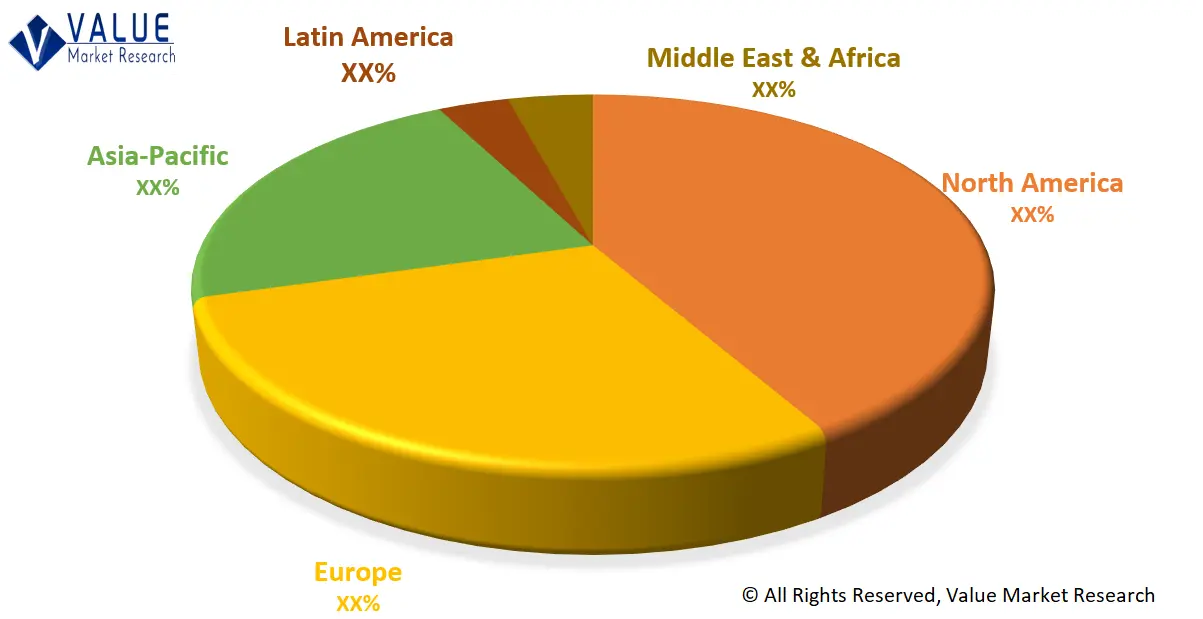The global demand for Conductive Inks Market is presumed to reach the market size of nearly USD 5.47 BN by 2030 from USD 3.58 BN in 2022 with a CAGR of 5.45% under the study period 2023 - 2030.
Conductive inks are inks that contain conductive materials such as metals or carbon, which enable the ink to conduct electricity. These inks are used in a wide range of applications, including printed electronics, sensors, and energy storage devices. Conductive inks are typically composed of a conductive material, a binder to hold the material together, and a solvent to make the ink flow. The conductive material can be a variety of metals, including silver, copper, and gold, or carbon-based materials, such as graphene or carbon nanotubes.
Market Dynamics
The use of printed electronics is increasing in various applications, such as smart packaging, wearable electronics, and flexible displays. Conductive inks are essential in the production of printed electronics, and the growing demand for these applications is driving the demand for conductive inks. The use of radio-frequency identification (RFID) tags is increasing in various applications such as logistics, retail, and healthcare. Conductive inks are used in the production of RFID tags, and the growing demand for these tags is driving the demand for conductive inks. Advances in printing technologies such as inkjet printing, screen printing, and flexography are enabling the production of high-quality conductive inks. These advancements are driving the demand for conductive inks in various applications. The energy storage devices (batteries and supercapacitors ) demand is increasing with the adoption of electric vehicles and renewable energy. Conductive inks are used in the production of electrodes for these devices, and the growing demand for energy storage devices is driving the demand for conductive inks. Companies are investing in research & development to develop new and innovative conductive inks with enhanced properties and performance. This is leading to the development of new applications and driving the demand for conductive inks.
The research report covers Porter's Five Forces Model, Market Attractiveness Analysis, and Value Chain analysis. These tools help to get a clear picture of the industry's structure and evaluate the competition attractiveness at a global level. Additionally, these tools also give an inclusive assessment of each segment in the global market of conductive inks. The growth and trends of conductive inks industry provide a holistic approach to this study.
Market Segmentation
This section of the conductive inks market report provides detailed data on the segments at country and regional level, thereby assisting the strategist in identifying the target demographics for the respective product or services with the upcoming opportunities.
By Type
- Silver Inks
- Copper Inks
- Carbon Nanotube Inks
- Carbon/Graphene Inks
- Conductive Polymer
- Other
By Application
- Photovltatic
- Membrane Switches
- Displays
- RFID
- Other
Regional Analysis
This section covers the regional outlook, which accentuates current and future demand for the Conductive Inks market across North America, Europe, Asia-Pacific, Latin America, and Middle East & Africa. Further, the report focuses on demand, estimation, and forecast for individual application segments across all the prominent regions.
Global Conductive Inks Market Share by Region (Representative Graph)

The research report also covers the comprehensive profiles of the key players in the market and an in-depth view of the competitive landscape worldwide. The major players in the conductive inks market include DuPont, Henkel AG & Co. KGaA, Heraeus Holding GmbH, Johnson Matthey, Poly-Ink, Sun Chemical Corporation, NovaCentrix, Creative Materials Inc., Applied Ink Solutions, and Vorbeck Materials. This section consists of a holistic view of the competitive landscape that includes various strategic developments such as key mergers & acquisitions, future capacities, partnerships, financial overviews, collaborations, new product developments, new product launches, and other developments.
In case you have any custom requirements, do write to us. Our research team can offer a customized report as per your need.

